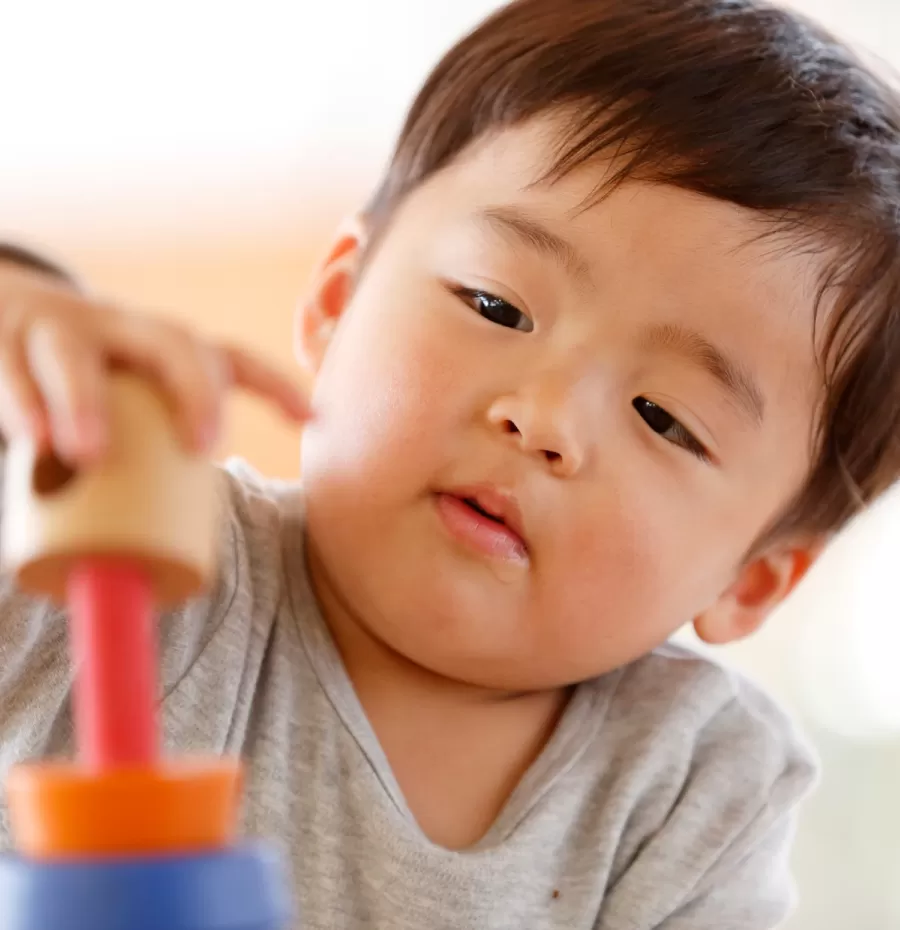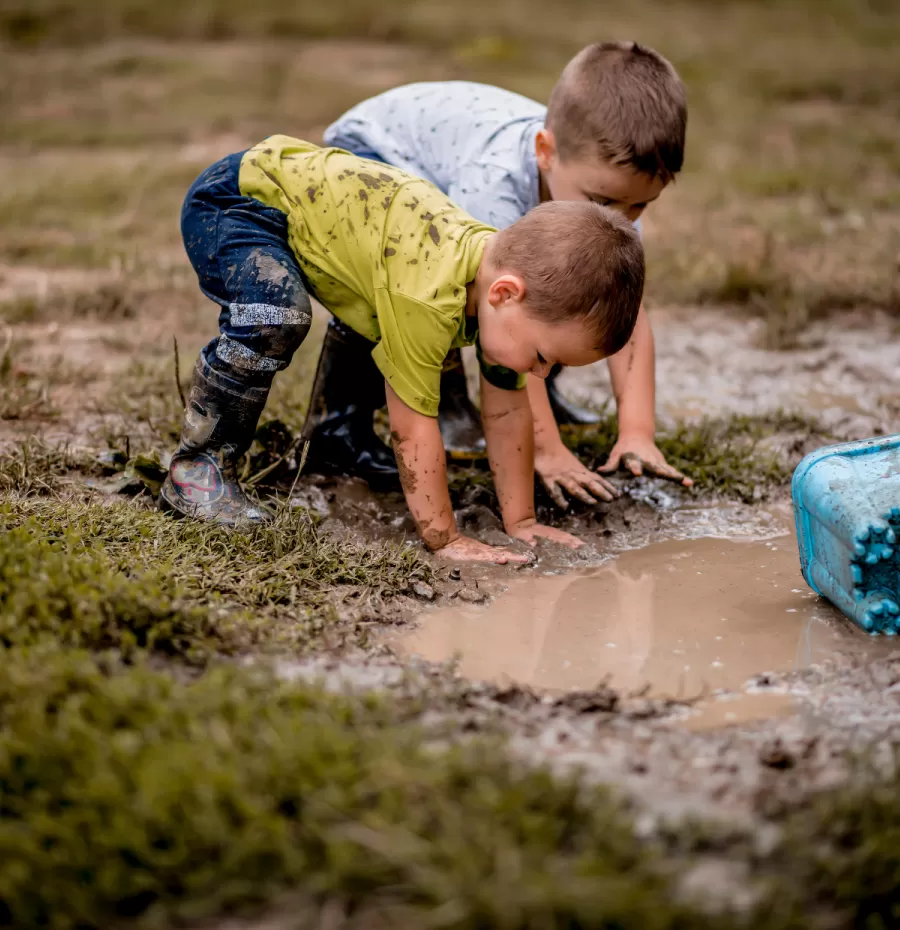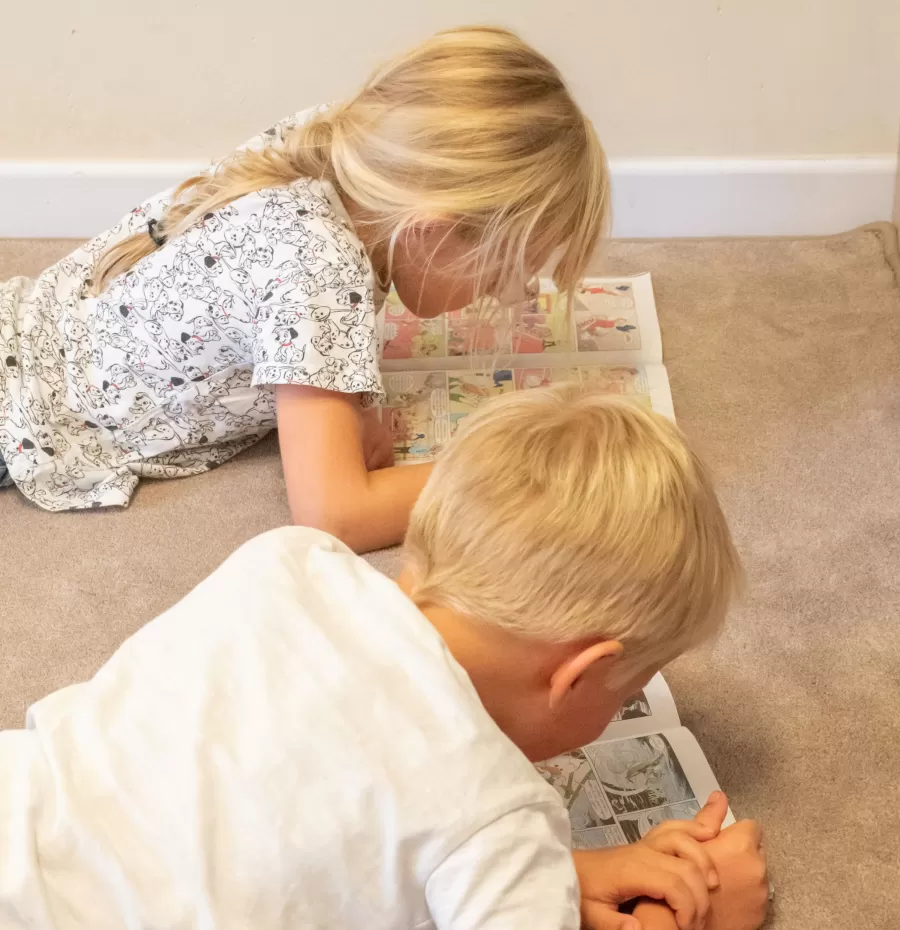
Page content
It’s not about long reports, but about brief, personal contact. Taking a moment to talk about the child, listen to each other, and align between home and daycare helps to understand what’s going on and how the child is developing.
What is meaningful handover?
Meaningful handover is not just about what a child has eaten or how long they have slept. It’s about how a child feels, what they have experienced, and the little ways they have grown today.
These are brief moments that together create a picture of how the child is developing, with attention to feelings, discoveries, and small developmental steps.
For example, during play, a child might build a tower of blocks that stands perfectly straight. An educational professional notices this and may later share it with the parents:
Emma built a tower of ten blocks today and was very proud of it. She immediately showed it to her friends. At home, she might continue building with it.


But meaningful handover also works the other way: parents often bring valuable insights that help to better understand a child.
Luca has been completely fascinated by fire trucks since we visited a fire station open day. But since then, he also gets startled by loud sirens or other alarm sounds.
Why this is useful
The educational professional can respond to Luca’s interest with appropriate play materials or a firefighter-themed activity in the group. At the same time, loud sounds can be handled with extra calm and attention, so that Luca feels safe. This way, environmental noises can be discussed in a way that builds trust.
This example clearly shows that meaningful handover is not just about development, but also about the child’s well-being and perspective. It’s these small pieces of information, from both sides, that together help truly understand a child.

Piecing the Puzzle Together
Meaningful handover is a small moment with great value. It’s about attention, connection, and putting together the pieces that create a safe and stimulating environment for the child.
